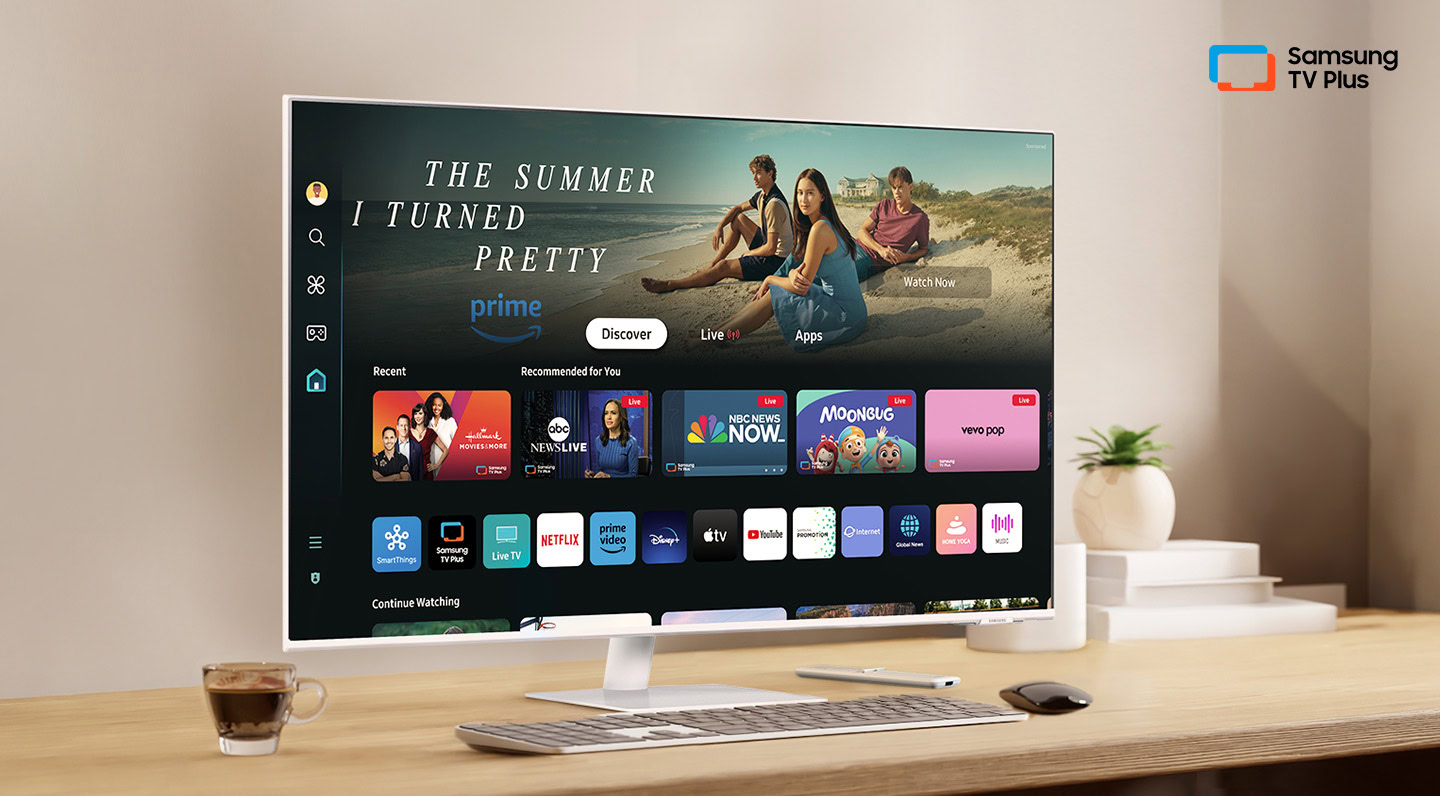How to Understand the Shein Business Model
Unlock the secrets of the Shein business model with our comprehensive guide. Gain insights into how Shein revolutionizes the fast fashion industry.

Shein has rapidly grown into a powerhouse within the global e-commerce landscape, capturing the interest of millions with affordable, trendy clothing and accessories. Understanding the Shein business model offers insight into how a relatively new player can rise to challenge established brands by leveraging innovative practices in technology, supply chain management, and customer engagement. This article breaks down the primary elements that define Shein's success, offering a comprehensive guide to understanding the unique approach that has set it apart.
Direct-to-Consumer (D2C) Model
Eliminating Middlemen to Drive Lower Prices
Shein follows a Direct-to-Consumer (D2C) business model, which allows the company to sell products directly from the manufacturer to the customer without involving intermediaries. By avoiding traditional retail middlemen, Shein can offer lower prices compared to many competitors, making the brand an attractive option for budget-conscious shoppers. This D2C model not only saves costs but also provides the company with greater control over its customer data and interactions, allowing for a streamlined buying process.
Fast Supply Chain for Trendy Fashion
One of Shein's key strengths is its ability to bring the latest trends to market at an incredibly rapid pace. With its D2C model, the company can quickly pivot in response to changing consumer preferences and emerging fashion trends. Shein's supply chain model relies on its close relationships with manufacturers, enabling the company to produce and distribute new styles within weeks, rather than months, as is typical in traditional retail.
Data-Driven Decision Making
Leveraging AI for Trend Prediction
A crucial part of Shein’s business model is its reliance on data analytics and artificial intelligence to forecast fashion trends. By analyzing consumer behavior, social media trends, and web analytics, Shein can accurately predict what styles will resonate with its audience. This data-driven approach helps the company minimize excess inventory while simultaneously reducing the risk associated with launching new products. Unlike traditional retailers, who often guess at upcoming trends, Shein’s insights allow for an on-point selection of designs.
Personalized Recommendations for Enhanced Customer Experience
Shein uses customer data to create personalized recommendations, a strategy that increases engagement and sales. The platform analyzes customers' past purchases, browsing behavior, and wish lists to suggest items they are more likely to purchase. By offering a more personalized shopping experience, Shein enhances customer loyalty and satisfaction, which are critical factors in a highly competitive market.
Agile Production and Distribution Network
Low-Volume, Test-Based Manufacturing
Shein’s production model is based on a "small-batch" manufacturing approach. Instead of producing large quantities of each design, the company initially manufactures a limited amount of each item. This low-volume testing phase allows Shein to gauge demand for a product before investing in large-scale production. Items that prove popular are quickly restocked, while those that do not perform well are phased out. This minimizes waste, reduces inventory costs, and ensures that Shein is continually stocked with in-demand items.
Flexible Distribution Channels
Shein’s logistics network is designed for flexibility, enabling rapid distribution across its primary markets. The company maintains several global warehouses that serve as strategic hubs for product storage and shipping. This allows Shein to respond quickly to international orders and provide relatively fast shipping despite its global scale.
Social Media and Influencer Marketing
Strong Presence on Social Media Platforms
Shein leverages social media platforms, particularly Instagram, TikTok, and YouTube, to connect with a young, digitally-savvy audience. The brand frequently collaborates with popular influencers who showcase Shein products, creating organic and relatable content that resonates with followers. These influencers help establish Shein as a trendy, affordable brand, enhancing its appeal to younger generations.
User-Generated Content and Community Building
Shein actively encourages its customers to share photos of themselves wearing Shein items, which are then featured on its website and social media pages. This user-generated content helps build a sense of community around the brand, making customers feel like active participants in Shein’s success. This engagement strategy not only strengthens customer loyalty but also provides Shein with a steady stream of authentic content for promotional purposes.
Mobile-First Shopping Experience
App-Centric Model for Engaging Shoppers
Shein’s mobile app is central to its shopping experience, particularly appealing to younger customers who prefer browsing on their phones. The app is user-friendly, designed with intuitive navigation, and filled with features that encourage frequent engagement, such as daily deals, flash sales, and loyalty rewards. The mobile-first approach aligns with consumer preferences and has been instrumental in Shein's growth.
Gamification to Boost User Engagement
One of the unique aspects of Shein’s app is its use of gamification. The app rewards users with points for actions such as checking in daily, sharing purchases on social media, or leaving reviews. These points can be redeemed for discounts, creating an incentive for customers to return to the app regularly. Gamification has proven to be an effective way of maintaining customer engagement and increasing purchase frequency.
Competitive Pricing Strategy
Balancing Affordability and Profitability
Shein's competitive pricing is one of the pillars of its business model. The company carefully prices its products to ensure they remain affordable without compromising profitability. Shein achieves this balance through cost-effective production methods, efficient logistics, and avoiding traditional advertising costs by relying on social media and influencer marketing.
Seasonal Sales and Exclusive Offers
To further drive sales, Shein offers frequent discounts and seasonal sales. These promotions appeal to budget-conscious customers who value affordability. Special sales events, such as Black Friday and back-to-school promotions, create a sense of urgency, motivating shoppers to make purchases they might otherwise postpone.
Sustainable Practices and Ethical Considerations
Exploring Sustainability Initiatives
Although Shein is a fast-fashion brand, it has recently taken steps to address environmental concerns. The company has launched a recycling program, offering discounts for customers who return used clothing. Additionally, Shein is investing in more sustainable packaging and materials, signaling an awareness of environmental issues and the increasing consumer demand for sustainability.
Responding to Ethical Criticism
Shein has faced criticism for its fast-fashion business model, which can sometimes lead to waste and overproduction. The company is attempting to address these concerns by emphasizing its small-batch production model, which limits inventory waste. Additionally, Shein has committed to increasing transparency in its supply chain practices, demonstrating a shift toward more ethical operations.
Conclusion
Understanding the Shein business model reveals how innovative practices in data-driven decision-making, agile production, and strategic use of social media can propel a brand to success. By focusing on trends, maintaining flexibility, and embracing a customer-centric approach, Shein has carved out a niche in the competitive e-commerce world. Working with an on-demand app development company allows similar brands to adapt quickly to market changes, ensuring high engagement with customers and offering affordable prices.
What's Your Reaction?
 Like
0
Like
0
 Dislike
0
Dislike
0
 Love
0
Love
0
 Funny
0
Funny
0
 Angry
0
Angry
0
 Sad
0
Sad
0
 Wow
0
Wow
0



















































